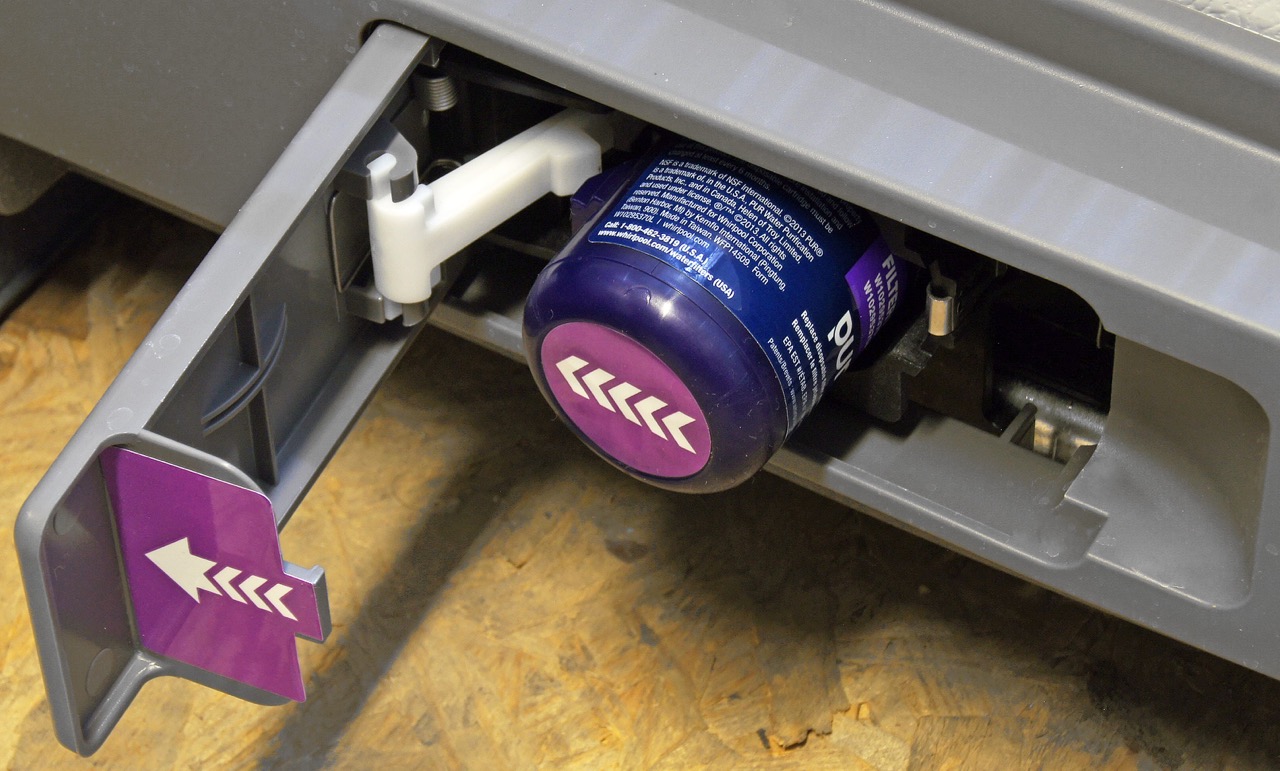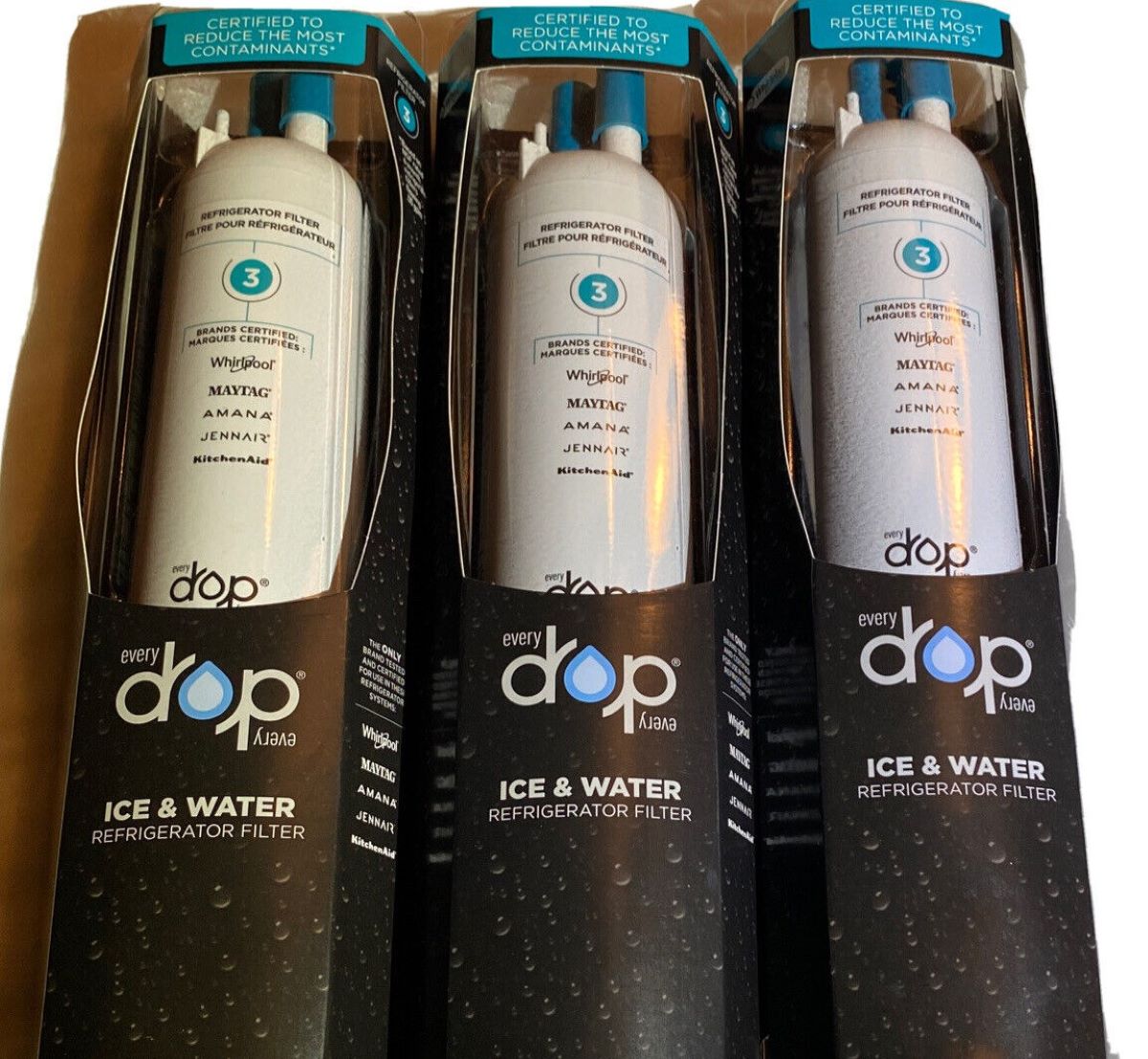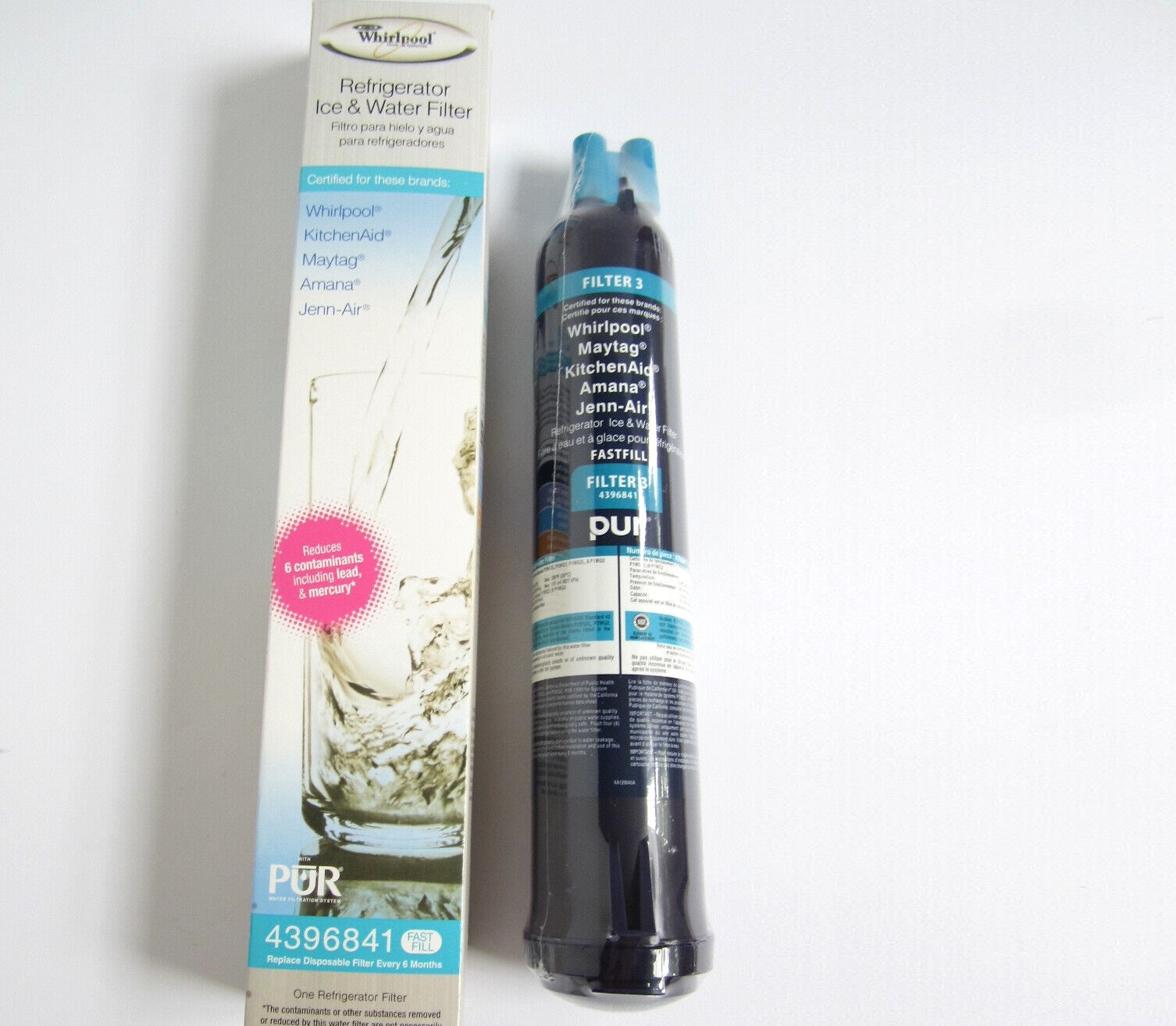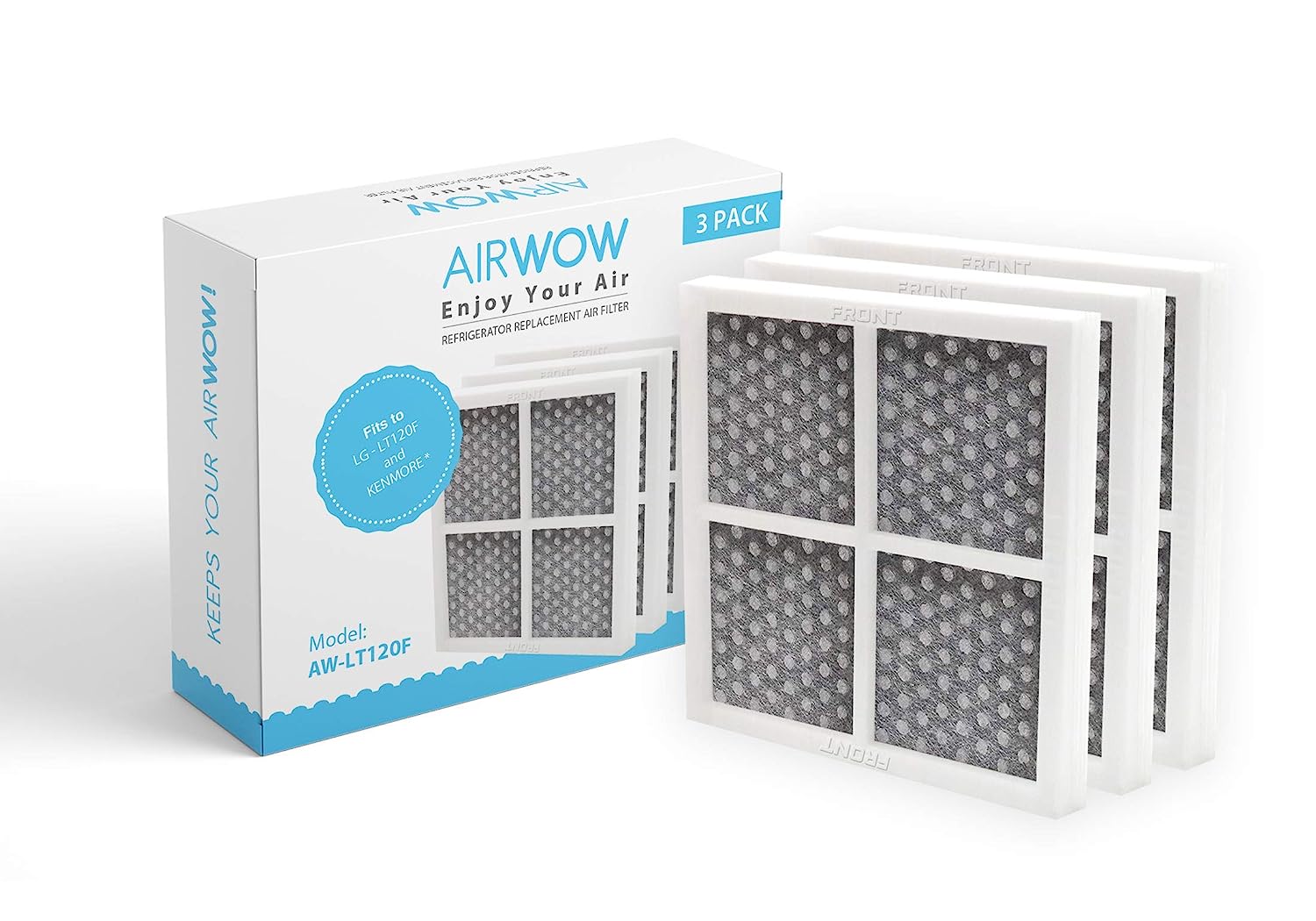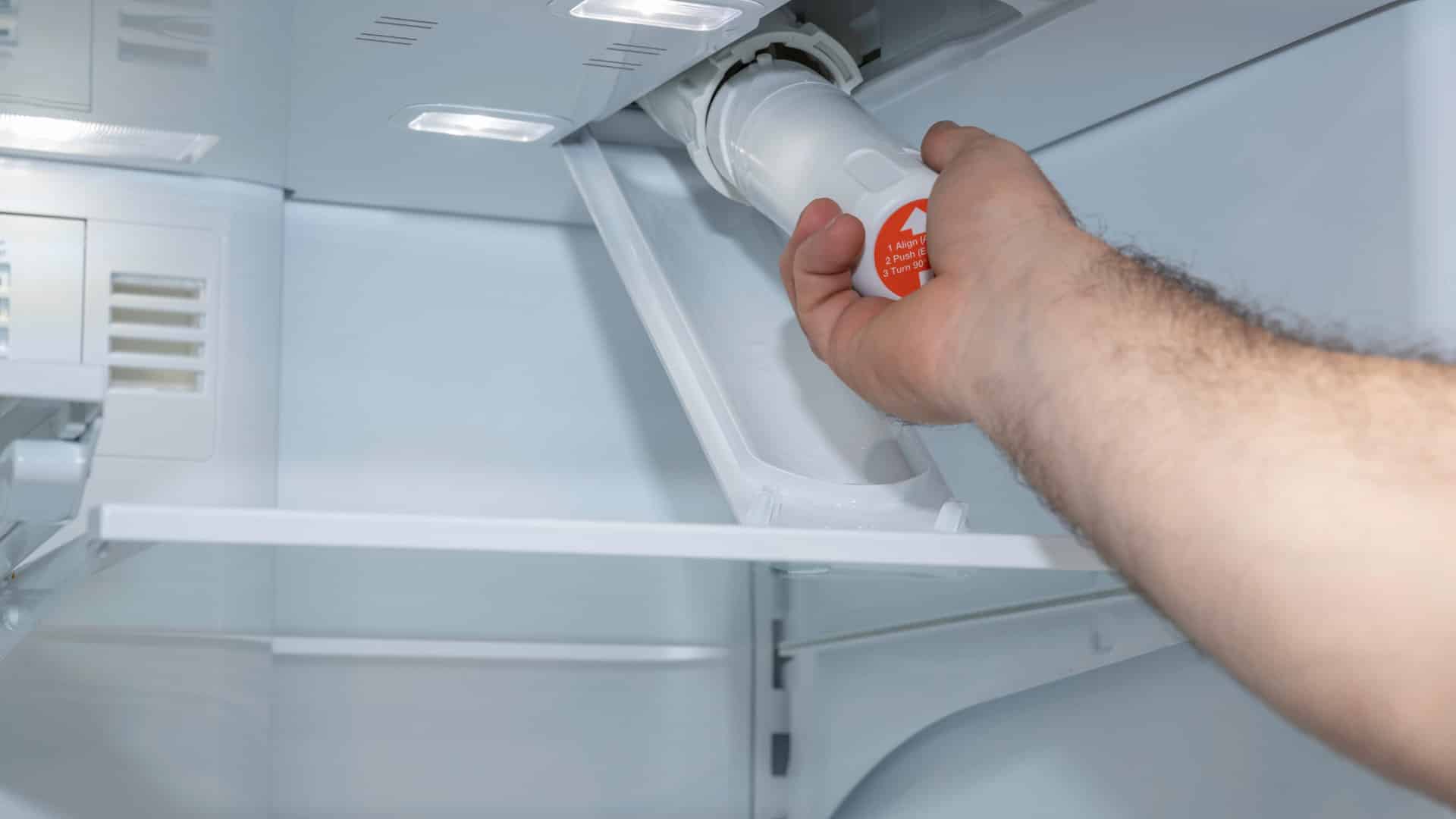Home> Water Filter Replacement
Water Filter Replacement: Ultimate Guide For Any Filter System
Solving ‘Water Filter Replacement’ queries with our comprehensive guide. Learn to replace filters hassle-free. Improve water quality today!
6 Amazing Whirlpool Refrigerator Water Filter Wrs325Fdam04 for 2024
By: Emma Thompson • Articles
5 Best 4396841 Whirlpool Refrigerator Water Filter for 2024
By: Isabella Mitchell • Articles
